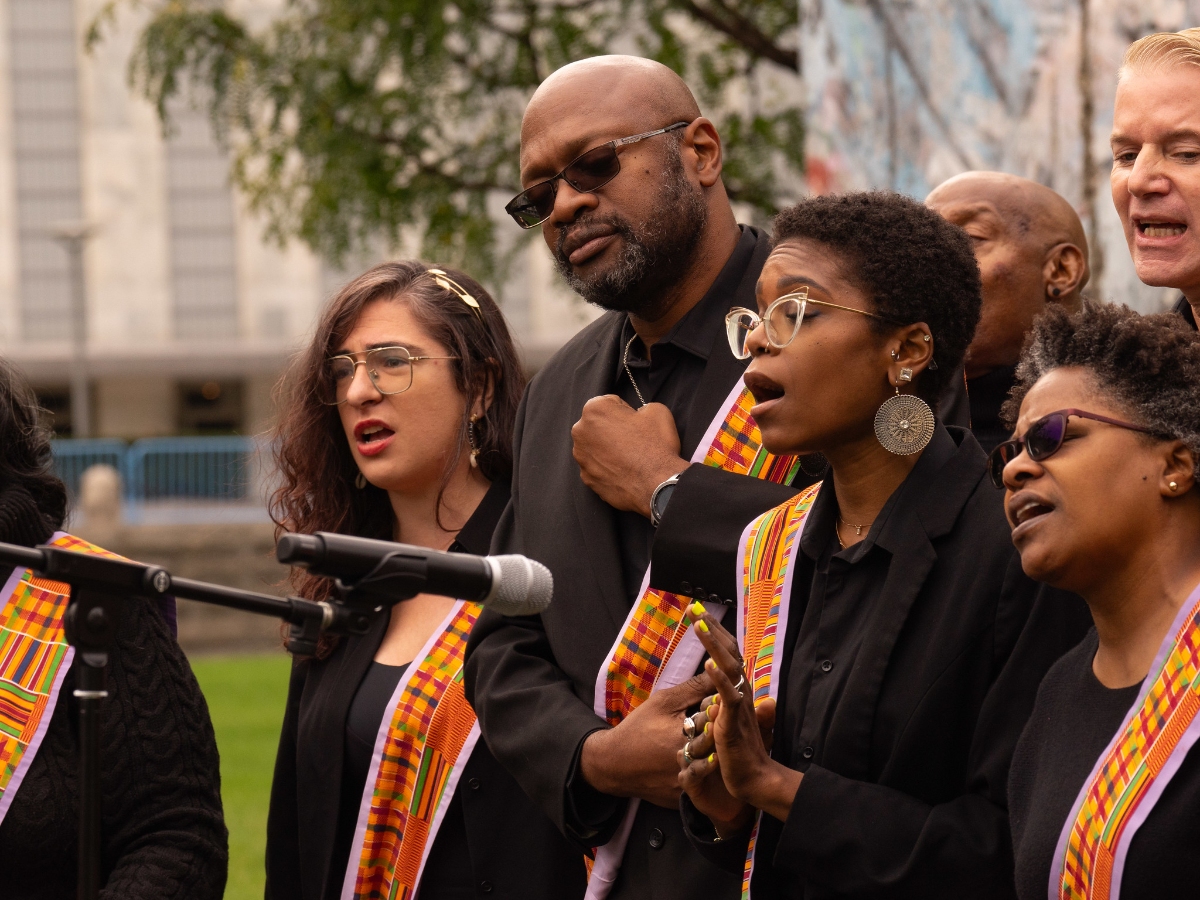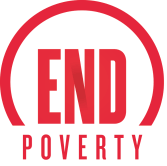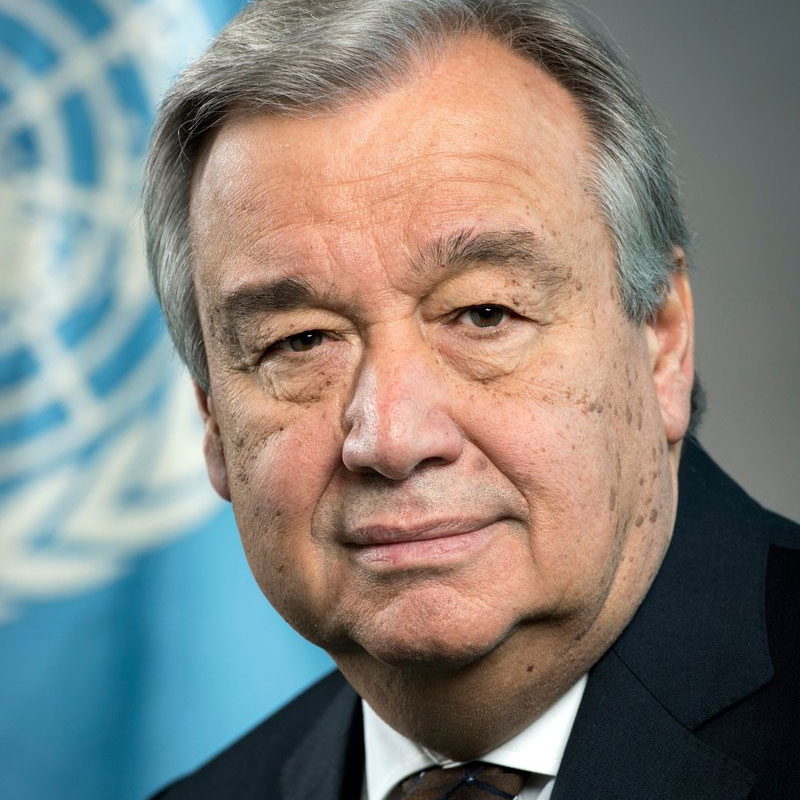Poverty is not a personal failure; it is a systemic failure – a denial of dignity and human rights.
UN Secretary-General António Guterres
2025 Theme: Ending social and institutional maltreatment by ensuring respect and effective support for families
The International Day for the Eradication of Poverty (17 October) underscores that ending poverty is about dignity, justice, and belonging, not just income. This year's theme focuses on ending social and institutional maltreatment by ensuring respect and effective support for families, with a clear goal: put the furthest behind first and build institutions that help families stay together, thrive, and shape their own futures.
Families in poverty often face stigma and punitive practices in places meant to help: schools, clinics, welfare offices, and child protection systems. Single mothers, Indigenous families, and historically discriminated groups report judgment and control that erode trust and agency, sometimes culminating in poverty-driven family separation with lasting emotional and social harm to children and parents.
To change course, the Day’s theme urges three shifts:
- From control to care: Design services that start with trust. Reduce punitive conditionalities, streamline documentation, and prioritize respectful, person-centred interactions.
- From surveillance to support: Rebalance investments away from monitoring and removal toward family-strengthening services: income support, quality childcare, adequate housing, mental health care, parenting support, and access to justice.
- From top-down to co-created solutions: Involve families living in poverty at every stage—assessment, design, budgeting, delivery, and evaluation—so policies reflect real needs and constraints.
Supporting families advances multiple SDGs (SDG—1, SDG—2, SDG—3, SDG—4, SDG—5, SDG—8, SDG—10, SDG—16) through coherent, jointly delivered policies across social protection, education, health, housing, and employment. With people-centered development gaining momentum ahead of the Second World Summit for Social Development in Doha (4–6 November 2025), this agenda translates commitments into concrete, measurable change by respecting, protecting, and supporting families.
Concept note [PDF]
Department of Economic and Social Affairs Social Inclusion webpage on the 2025 International Day

Commemoration Event
October 17th, 2025
1:00 pm – 3:30 pm
ECOSOC Chamber
UN Headquarters, New York
You're invited to the 2025 Commemoration of the International Day for the Eradication of Poverty at the United Nations Headquarters followed by a special observance at the Commemorative Stone in Honor of the Victims of Extreme Poverty, located in the United Nations gardens’ North Lawn.
Background
In a world characterized by an unprecedented level of economic development, technological means and financial resources, that millions of persons are living in extreme poverty is a moral outrage. Poverty is not solely an economic issue, but rather a multidimensional phenomenon that encompasses a lack of both income and the basic capabilities to live in dignity.
Persons living in poverty experience many interrelated and mutually reinforcing deprivations that prevent them from realizing their rights and perpetuate their poverty, including:
- dangerous work conditions
- unsafe housing
- lack of nutritious food
- unequal access to justice
- lack of political power
- limited access to health care
Read more on the background for the Day
Related organizations and information

World Social Report 2025 - A New Policy Consensus to Accelerate Social Progress
Poverty Facts and Figures
- Over 690 million people live in extreme income poverty (under $2.15 per day), and nearly half the world lives below $6.85 per day, leaving many just one shock away from hardship.
- Poverty is dynamic: households often move in and out of it, many escapes are temporary, and preventing people from falling into poverty is as vital as lifting them out.
- Around 1.1 billion people face acute multidimensional poverty, experiencing overlapping deprivations in health, education, and living standards; gaps within countries can exceed gaps between countries.
- Climate shocks hit the poor hardest: the poorest half of the world contributes a small share of emissions yet bears a large share of income losses from climate-related hazards.
- Conflict deepens poverty: the share of people in extreme poverty living in fragile and conflict-affected settings has risen sharply, and large populations are regularly exposed to violence and instability.
source:
World Social Report 2025
Quotes
- "Social and institutional maltreatment is one of the greatest forms of injustice that we currently experience in our communities. Because those who belong to the higher social classes underestimate people from the lower social classes.” (collective contribution, Democratic Republic of the Congo)"
- “Parents are the first to stand up to prevent their children from living in poverty…” (collective contribution, Netherlands)
- more quotes in the concept note (2025, DESA)





